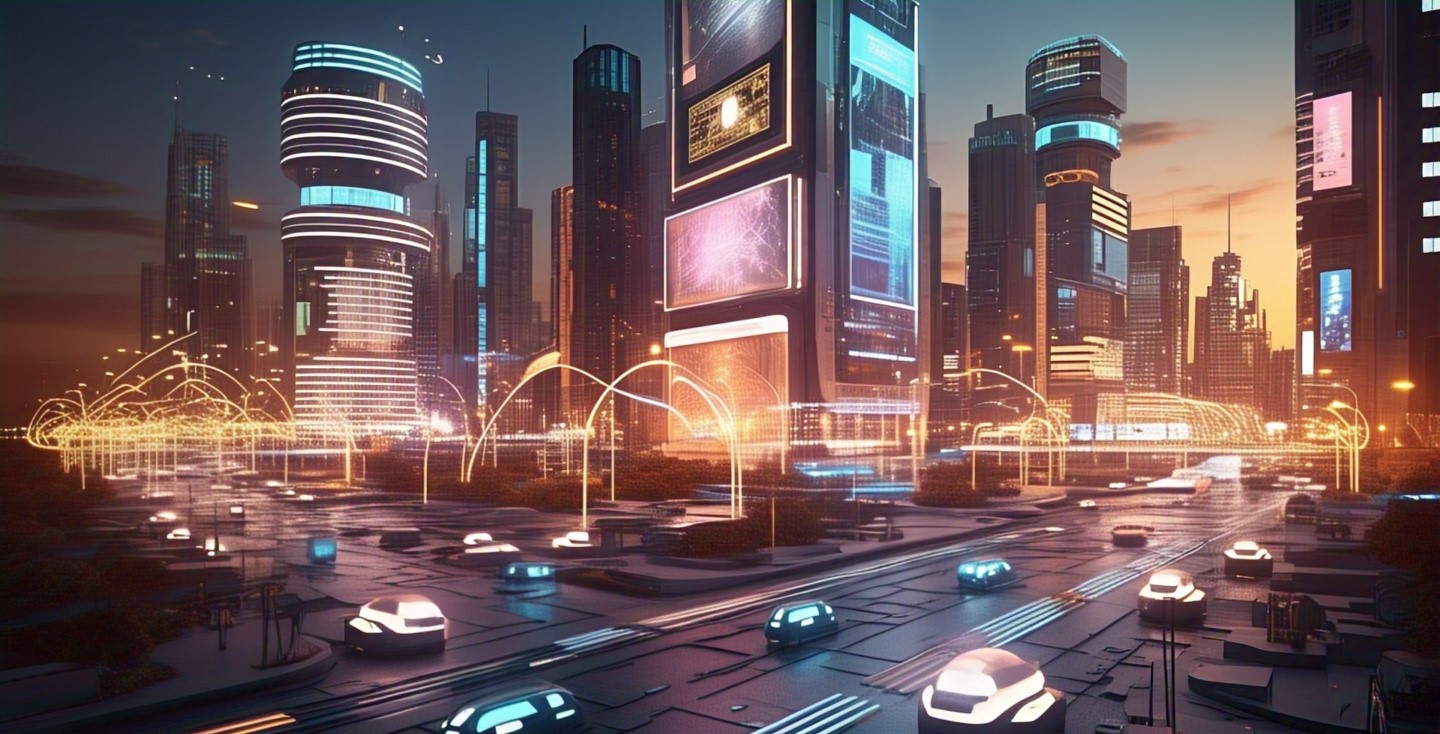The Impact of Autonomous Vehicles on the Transportation Industry
In just a few years, the idea of self-driving cars has gone from science fiction to a very real part of our technological landscape. With major companies like Tesla, Waymo, and Apple investing heavily in autonomous vehicle (AV) technology, the transportation industry is on the verge of a massive transformation.
But this change isn’t just about futuristic cars—it’s about how we live, work, and move through the world. Autonomous vehicles have the potential to disrupt almost every aspect of transportation, from ride-hailing and logistics to urban planning and public safety.
Let’s explore how AVs are already changing the game and what the future may hold for the transportation sector.
What Are Autonomous Vehicles?
Autonomous vehicles, also known as self-driving cars, use a combination of sensors, cameras, radar, artificial intelligence, and machine learning to navigate roads without human intervention. These vehicles interpret traffic signs, detect pedestrians, and make real-time driving decisions based on the data they collect.
Autonomy levels range from Level 0 (no automation) to Level 5 (full automation). While most vehicles on the road today are still at Level 2 (partial automation), we’re inching closer to Level 4 and Level 5, where cars can operate without human input in most or all situations.
How Autonomous Vehicles Are Reshaping Transportation
1. Ride-Hailing and Personal Transport
Companies like Uber and Lyft are already experimenting with autonomous fleets. In the near future, ride-hailing could become driverless and more affordable, reducing labor costs and increasing efficiency. Riders might no longer need to own a personal vehicle, especially in urban areas where AVs can offer on-demand mobility around the clock.
This could also lead to a reduction in traffic congestion and the need for parking spaces, as shared AVs keep moving rather than sitting idle.
2. Freight and Logistics
Perhaps the biggest immediate impact of AVs is in the trucking and logistics industry. Long-haul trucking is a critical part of the global economy, but it faces challenges like driver shortages, fatigue, and rising costs.
Autonomous trucks can operate 24/7 without breaks, making deliveries faster and potentially more reliable. Companies like TuSimple and Aurora are already testing AV freight systems, and some routes in the U.S. have seen successful autonomous test runs.
This technology could lower delivery costs, reduce road accidents caused by human error, and increase the overall efficiency of supply chains.
3. Public Transportation
Autonomous shuttles and buses are also entering the picture. Cities around the world are piloting driverless public transport to serve routes that are less profitable or harder to staff.
By reducing operational costs, AVs could make public transit more accessible and frequent, especially in underserved areas. Over time, autonomous public transport could help cities become more connected, equitable, and eco-friendly.
4. Road Safety and Accident Reduction
One of the most promising aspects of AV technology is improved road safety. Human error accounts for over 90% of road accidents. With autonomous systems that don’t get distracted, tired, or impaired, the potential to save lives is significant.
While AVs still face challenges with decision-making in complex or unpredictable environments, ongoing advancements in AI and sensor technology are making them safer with each generation.
Challenges Ahead
Of course, the road to a driverless future isn’t without bumps. Some of the key challenges include:
- Regulatory Uncertainty: Governments are still working out how to regulate AVs, which can slow down widespread adoption.
- Infrastructure Needs: Roads, signs, and communication networks may need updates to fully support AV systems.
- Ethical Dilemmas: How should AVs respond in split-second crash scenarios? Who is liable in the event of an accident?
- Job Displacement: Millions of people work in driving-related jobs. As automation increases, society must address the impact on employment and support workforce transitions.
Looking Ahead
Despite these challenges, the future of autonomous vehicles is bright. As technology matures and public acceptance grows, we’re likely to see a gradual integration of AVs into existing transportation systems rather than an overnight takeover.
In the coming decades, AVs could transform cities, reduce emissions through optimized driving, and offer greater mobility to seniors and people with disabilities. The transportation industry, as we know it, is heading into a new era—one driven by data, efficiency, and automation.
Final Thoughts
The rise of autonomous vehicles is more than a technological upgrade—it’s a revolution in how we think about movement. From safer roads to faster deliveries and more efficient public transit, the potential benefits are enormous. However, realizing this future will require collaboration between tech companies, governments, urban planners, and communities.
One thing is clear: Autonomous vehicles aren’t just coming—they’re already here. And their impact on the transportation industry is only just beginning.
What are your thoughts on self-driving cars? Are they the future or a long road ahead? Share your views in the comments!







Post Comment